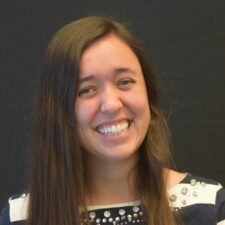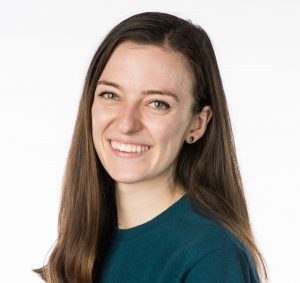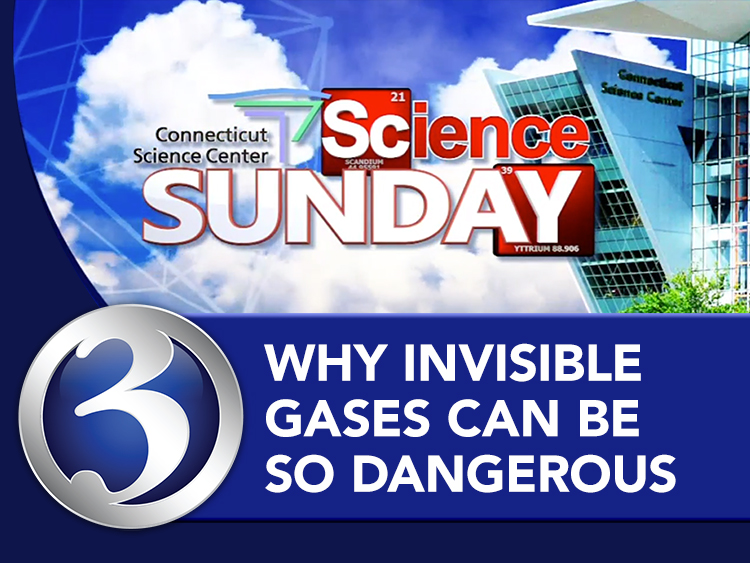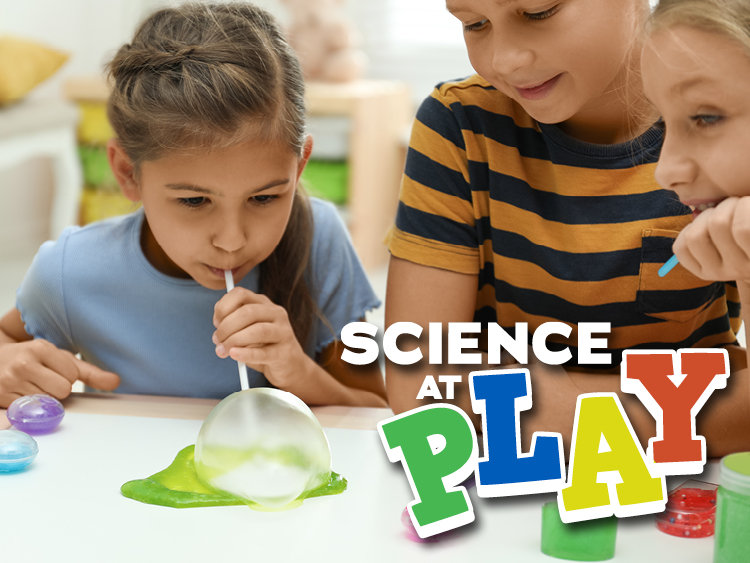We have a contest you can try with anyone in your family over the holidays. Grab a piece of paper, some tape and a few heavy books. Then, challenge your family to see who can create the strongest column out of a single piece of paper. Watch below to see who created the stronger column- Aoife or Jessie. What’s your guess?
Materials to Collect
- Construction paper or cardstock
- Tape
- Books
Try it!
- Fold your sheet of paper into a column shape that you think will be able to support the most books. Use tape if needed to hold the shape.
- Slowly stack books on top of your column until it gets crushed.
- Try building differently shaped supports to figure out what shape is the strongest!
What is the Science?
You might have noticed that some shapes worked better than others in the column challenge. The shape of the column determines how many books it can hold up because different shapes spread out, or disperse, weight differently depending on how many corners they have. The corners on the columns hold more weight than the flat sides do, so the square column collapsed under only a couple of books because its four corners couldn’t carry the weight and crumpled. However, the cylindrical column spreads out the weight of the books evenly across the entire column – you can think of the round shape as a TON of tiny corners! That’s why the cylindrical column is able to hold up more books.
Since cylinders are an excellent shape for dispersing weight, you might notice a lot of cylinder-shaped columns holding up buildings. Even a tree trunk is cylindrical, holding up the weight of all of the leafy branches above it. See how many cylinders you can find holding up weight as you go about your day!
Ask Your Young Scientists
- Which shape structure was able to hold the most books?
- How does a triangular column compare to a hexagonal (6-sided) column?
- How many different shapes can you test?
More to Explore
- SciShow Kids: What Makes Bridges So Strong? – Learn more about different strong shapes that are used in bridge construction
This content was made possible in part by the Institute of Museum and Library Services.
Share your experiments with us by tagging us with #ScienceAtPlay and #CTScienceCenter, we would love to see what you find!

Jessie Scott is a STEM Educator who enjoys encouraging students’ enthusiasm for science. She teaches classes to students visiting the Science Center and brings STEM lessons to schools across Connecticut. Jessie completed her Master of Science degree in Microbiology at Dartmouth College and worked as a science educator at the Montshire Museum of Science before coming to the Connecticut Science Center. Her scientific interests are: biology – how living things have adapted different strategies to survive in their environments, insects, and plants. In her free time, Jessie likes to go rock climbing, hiking, and skiing.

Aoife Ryle is a STEM Educator at the Connecticut Science Center. In addition to working with school groups, she works with our Teen Program, Overnights department, and shoots weekly science segments for WFSB. She has a degree in Bioengineering from the University of Maine and has a personal interest in the life sciences and engineering which makes bioengineering a perfect crossover.



